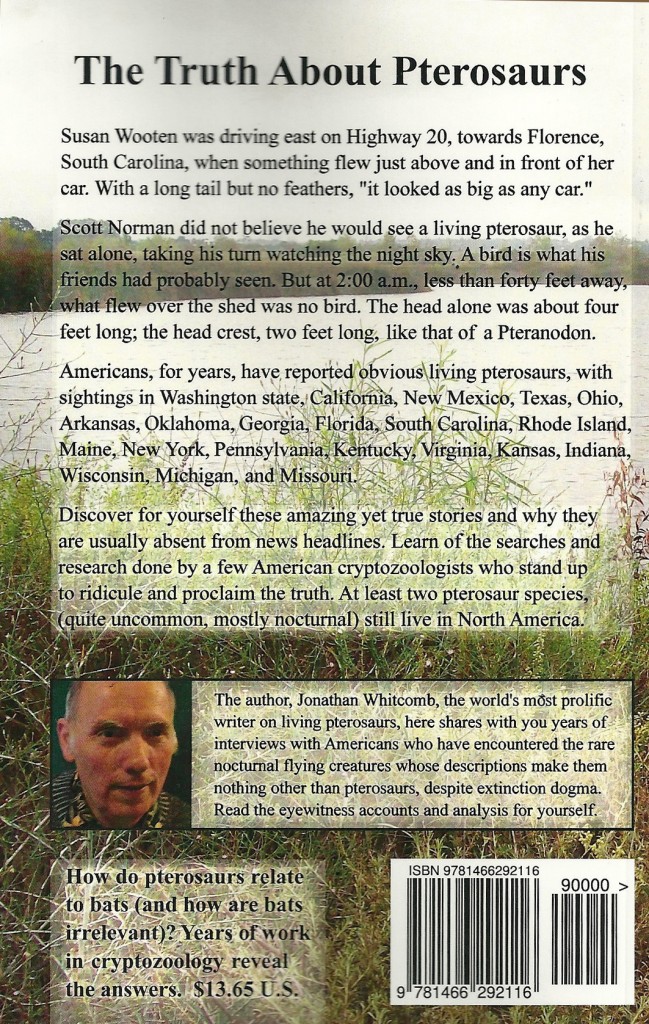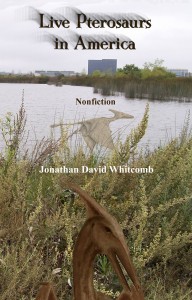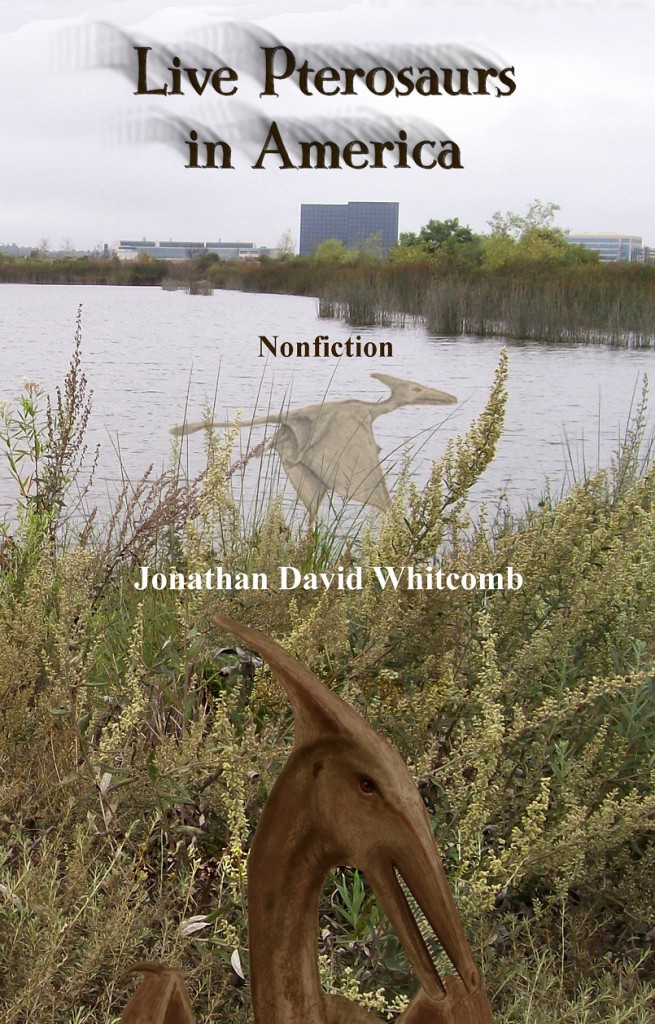Some skeptics of living-pterosaur investigations (including searches for the ropen), well quite a few of the skeptics, have dismissed our work because they assume that our religious bias makes us incapable of objective scientific investigation. But those skeptics may have their own bias, especially if they take it for granted that Darwin’s General Theory of Evolution is a proven fact.
Eyewitnesses of Pterosaurs
My associates and I are not members of the same church; I even doubt if two of us are members of the same religious organization, although we are Christians. But our critics seem to have missed a critical point about the possibility of religious bias: The eyewitnesses make the case for modern living pterosaurs, and they are of various faiths and non-faiths, various opinions about evolution, various cultural backgrounds, various countries, and various native languages.
Over several years, I have noticed a common weakness in criticisms of our investigations. Those eyewitness reports that we have upheld as critical and most credible to our work—those have mostly been ignored by most critics. Why do those critics write paragraph after paragraph about old sighting reports that neither we (the recently active cryptozoologists who investigate reports of living pterosaurs) nor our critics consider very credible? Why do not our critics spend much time on those reports we have presented as most critical? Why not analyze in detail the report of Duane Hodgkinson, for example? What about Brian Hennessy? What about Gideon Koro? What about the couple in Perth, Australia?
When critics do mention a critical eyewitness, it is taken as if an isolated case. Why not compare at least two reports that we have presented as critical? The only reasonable explanation for that neglect seems to me to be that critics want only to dismiss, as quickly as possible, any thought about modern living pterosaurs; they are not searching for the truth about that possibility.
This simulation is with a hypothetical planet with at least the water content of the earth. Beginning with simple one-celled organisms . . . as the only life forms, simulations are made on the growths of sub-populations. These groups are characterized by several general types of non-harmful mutations. They are categorized by the general effects of those mutations. . . .
“An Evolutionary Boundary” involves simple math, for a biologically saturated environment . . . the population calculations are simple. . . . After about six months of calculations, using computer programs I wrote myself, the original population of organisms of 10e29 (the number having “1″ followed by twenty-nine zeros), after only a few generations, had only a minute fraction of viable candidates for macro-evolutionary change. But the critical point is this: Those competitive populations that did not have any macro-evolutionary potential vastly outnumbered those that did, and their competitiveness was at least equal to the “Darwinian” candidates.
My calculations (referred to above) show that Darwin’s General Theory of Evolution fails miserably in just a short time, with the possibility of macro-evolution becoming even more unlikely as time goes on. Survival of the fittest (also called Natural Selection) actually makes his idea of evoluti0n impossible, the exact opposite of what Darwin had assumed.
My mathematical simulations (in Evolutionary Boundary) were not conducted with any religious or scriptural basis: only with the Natural Selection process that has been accepted in standard biology models since Darwin.
Religion and Modern Pterosaurs
At least some of the critics of our investigations have their own unstated religion or pseudo-religious beliefs, in particular strict Naturalism philosophy. They cannot reasonably insist that those whose philosophy differs from their own philosophy must be biased.
“A psychologist at a university in Central China asserts that he saw, in 1971, a prehistoric-looking creature flying in Papua New Guinea. Brian Hennessy . . . described the creature as black or dark brown with a ‘longish narrow tail’ and a beak that was ‘indistinguishable from the head.'”
During World War II, the American soldier Duane Hodgkinson saw a living pterosaur (he called it a “pterodactyl”) in New Guinea. It was no hoax, according to the American forensic videographer and cryptozoologist Jonathan David Whitcomb.
There are, in fact, reports of living pterosaurs from eyewitnesses in various parts of the world, and some eyewitnesses have been interviewed and have been found credible. On one island in Papua New Guinea, the flying creature of the night is called by the natives “ropen.”
****************************************************************
Read the amazing but true stories that newspapers almost never tell their readers: eyewitness reports of living pterosaurs in the United States. Learn for yourself the astonishing secret: Flying creatures, many of which are huge and featherless and many of which have long tails, are not extinct but still living. Be among the less than 1% of Americans who know about these amazing encounters across North America. Read Live Pterosaurs in America.
This nonfiction cryptozoology book will enlighten you about these living “pterodactyls” that sometimes are seen to fly at night. One chapter is devoted to the Marfa Lights of Texas, but many of the 48 contiguous states of the U.S.A. are included: California, New Mexico, Arkansas, Texas, Oklahoma, Georgia, Florida, South Carolina, Pennsylvania, New York, Ohio, Wisconsin, Kansas, etc. Find out for yourself about the sighting by Eskin Kuhn, the U.S. Marine who witnessed those two pterosaurs in Cuba, in 1971. Find out for yourself about the credibility of the many other eyewitnesses of these amazing flying creatures.





